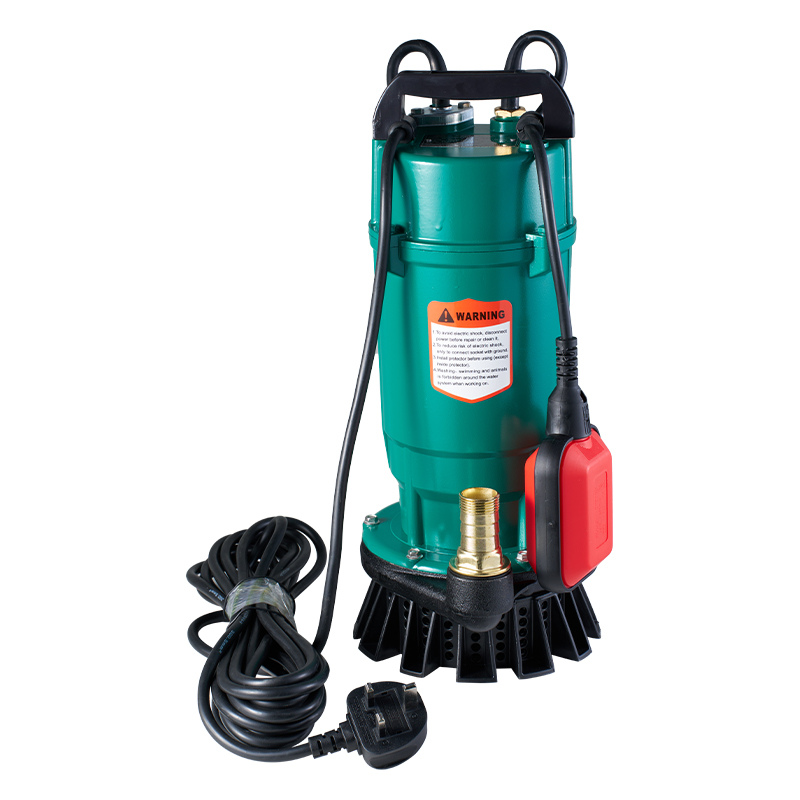QDX/B Stainless Steel Submersible Pump for Building and Industrial Drainage
The Stainless Steel Submersible Pump for Building and Industrial Drain...

Submersible pumps are essential devices used in residential, industrial, and agricultural settings to move water or other liquids efficiently. The durability and performance of these pumps depend largely on the materials used during manufacturing. A Submersible Pump Factory carefully selects components to ensure reliability, corrosion resistance, and long-term functionality.
Core Components and Material Choices
A submersible pump consists of several key parts, including the pump casing, impeller, shaft, motor, and seals. Each component requires materials that meet specific operational demands.
1. Pump Casing
The casing provides structural support and protects internal components from water and debris. In submersible pump factories, casings are made from stainless steel, cast iron, or high-quality thermoplastics. Stainless steel offers corrosion resistance and strength, making it suitable for pumping abrasive or chemically active liquids. Cast iron is durable and cost-effective, while certain thermoplastics provide lightweight options for residential pumps.
2. Impellers
Impellers move water through the pump and create the required pressure. Materials commonly used for impellers include bronze, stainless steel, and engineering plastics. Stainless steel impellers resist corrosion and wear, ideal for continuous operation in harsh environments. Bronze impellers are often used in smaller pumps due to their combination of durability and ease of manufacturing. Plastic impellers, while lighter, are typically used in household or low-flow applications.
3. Pump Shaft
The shaft connects the impeller to the motor and transmits rotational energy. Shafts are usually made from stainless steel or other high-strength alloys to prevent bending or breaking under load. In a Submersible Pump Factory, shafts are carefully machined and tested for straightness and durability, as even minor deviations can affect pump efficiency.
4. Motor Housing and Components
Submersible pumps often use sealed electric motors located inside the pump body. The motor housing is commonly made from stainless steel or cast iron to resist water ingress and corrosion. Copper or aluminum windings inside the motor are insulated with high-temperature-resistant materials to withstand continuous operation.
5. Seals and Bearings
Seals prevent water from entering the motor, while bearings support rotating components. Mechanical seals are frequently made from ceramic, carbon, or stainless steel to resist wear and maintain a tight barrier. Bearings are usually constructed from stainless steel or other hardened metals, providing smooth rotation and longevity under variable loads.
Material Selection Considerations
A Submersible Pump Factory must balance cost, durability, and intended use when selecting materials. Pumps designed for industrial applications often prioritize corrosion resistance and heavy-duty performance, while residential models may focus on lightweight construction and affordability. Environmental factors, such as water composition and operating temperature, also influence material choice.
Maintenance and Longevity
The materials used in submersible pumps directly affect maintenance needs and lifespan. Stainless steel and bronze components require minimal upkeep and resist corrosion, while plastic parts may need more frequent inspection to prevent cracking or deformation. Proper installation, regular cleaning, and occasional lubrication of bearings can extend the life of a pump regardless of its materials.
The materials used in a submersible pump factory play a crucial role in the performance, durability, and reliability of the final product. From stainless steel and cast iron for structural components to bronze, plastics, and ceramic for moving parts and seals, careful selection ensures pumps meet operational demands.